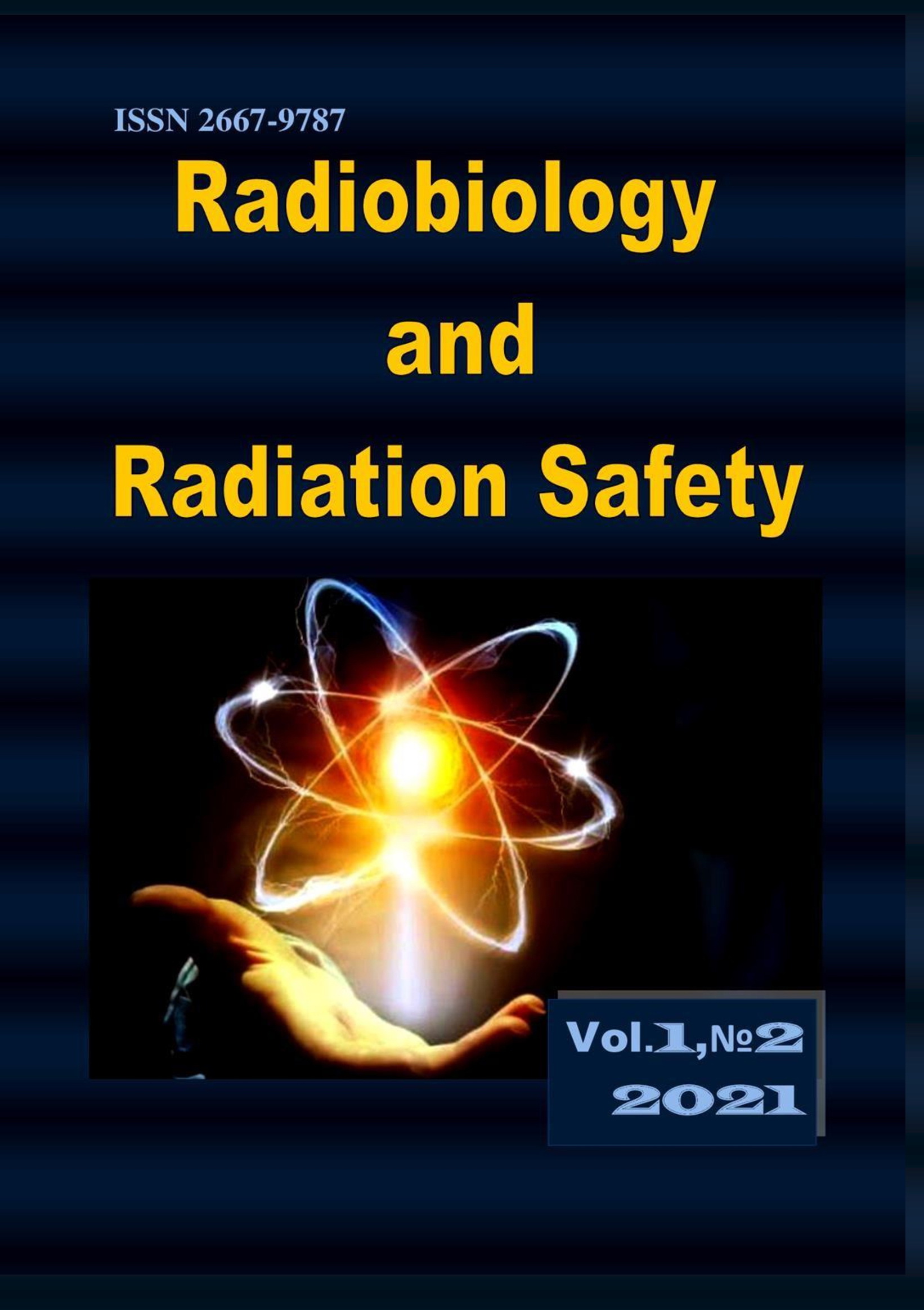General Principles of the Organisation of the Mechanisms of Biological Adaptation
DOI:
https://doi.org/10.63465/rrs120213302Abstract
The existence of a hierarchy of mechanisms of their functioning and a hierarchy of mechanisms of the response to stressors is substantiated. That is based on the fact of the existence of a hierarchical organization of biological systems. It was shown that the adaptive response had been based on the hormesis action of the factor, and the study of the mechanism of adaptive action can be reduced to the study of the mechanism of hormesis effects caused by hypercompensatory processes in objects exposed to a certain stress factor. There is constitutive and inducible/stimulated phenotypic hyperadaptation (PHA). It occurs at the certain stage of positive readjustment of the initial state of the biological object in response to the action of above-threshold levels of factors of any nature. PHA is a process and it is the result of the functioning of constitutive or inducible/stimulated mechanisms of
recovery. The whole hierarchy of recovery mechanisms, of which there are as many as there are recovery mechanisms (levels), can provide PHA at a particular level of the organization. PHA has a transitive and transient nature. There is a possibility of consolidating the state of hyperadaptation, when post-factor (post-stress) conditions contribute to its manifestation. At the base of PHA there are the processes of modification (in particular, degradation), the result of which is the emergence of appropriate signals that determine the final implementation of the mechanisms of hyperadaptation.



